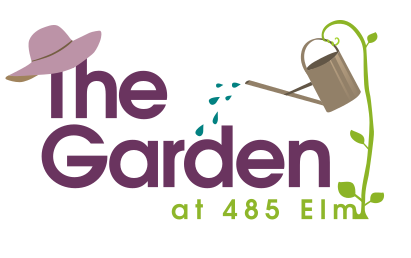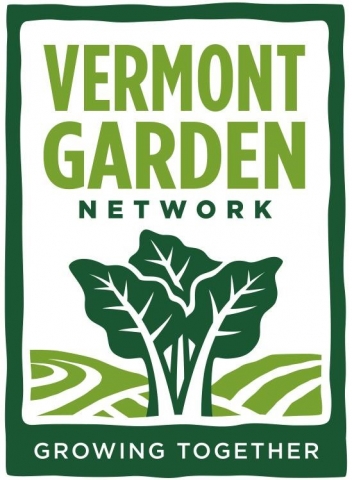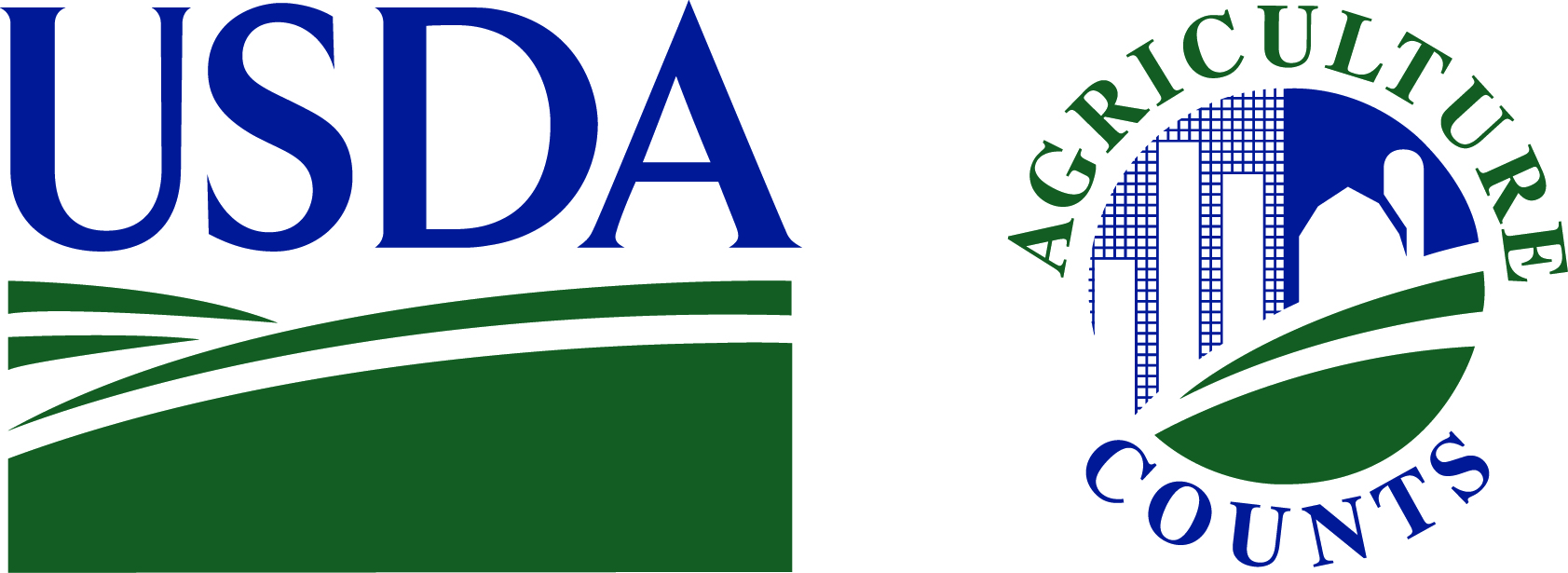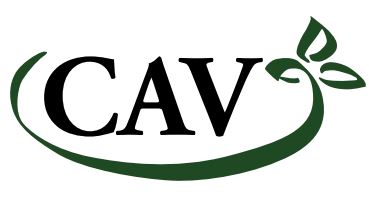Gardener at 485 Elm Diana Baron, a student at the Vermont Center for Integrative Herbalism, contributed these words and photos, except for Good King Henry image from Wikimedia Commons.
Though we’ve just put our first seeds in the ground, there are already things to eat in the garden
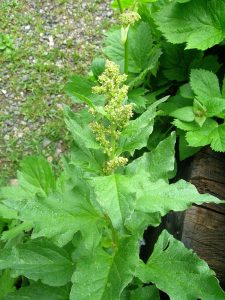
I was introduced to Good King Henry (Chenopodium bonus-henricus) by the other gardeners at a work party. There are some in the front section of the garden near the perennials, edible flowers, and herbs, and one on each end of bed 6. They have a nice bitter spice to them, and are relatives of lamb’s quarters and quinoa. By Thomas Mathis – Own work, CC BY-SA 3.0, By Thomas Mathis – Own work, CC BY-SA 3.0, https://commons.wikimedia.org/w/index.php?curid=388127
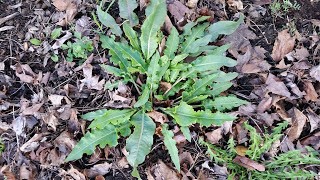
Curly dock (Rumex crispus) can be eaten raw when it’s young (like it is now), but it’s often cooked. It does contain oxalic acid, so watch out if that is contraindicated for you because of any medical conditions (certain types of kidney stones, rheumatoid arthritis, etc.). Here are some notes on identification, nutrition, and recipes: http://foragedfoodie.blogspot.com/2017/02/identifying-curly-dock.html
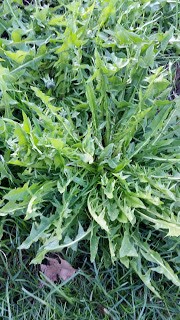
Dandelions (Taraxacum officinale) are everywhere throughout the garden, and now is the perfect time to eat them.

This image of a broken dandelion leaf reveals its hollow stem and latex sap that appears when a leaf is snapped. Dandelion’s toothed leaves always point back towards the stem, grow in basal rosettes, and have smooth leaves.
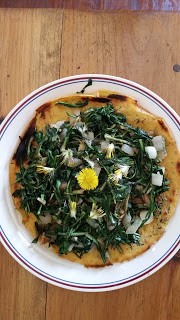
All parts of the plant are edible. Right now, the leaves are tender and good raw in salads, but since they are so abundant, I’ve been cooking them. The leaves are extremely nutritious, containing vitamins A, B complex, C, as well as minerals. The leaf is also a mild potassium-sparing diuretic (it is so rich in potassium that it won’t deplete levels in the body, unlike common prescription diuretics). Both the leaf and root are great for liver and digestive function. The root can also help support healthy microbes in your gut. The roots can be dried and roasted to make a coffee substitute.
My improvised rosemary-thyme socca (a chickpea flatbread) topped with sauteed onion, garlic, and dandelion greens, garnished with coltsfoot flower (dandelion flowers are edible too, they just weren’t blooming when I made this).
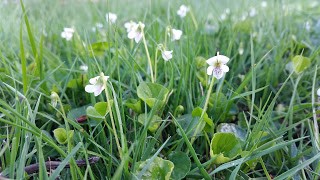
Violets are just starting to pop up! The leaves and flowers are edible. The leaves have a mucilaginous (slightly slimy) quality, and a neutral flavor. The flowers are very mild but slightly sweet. They make pretty garnishes, and you can candy them if you want to preserve them for later.

I just discovered wintercress (Barbarea verna) this week, so I’m excited about it! Its flower buds look like tiny, bright broccoli crowns (which makes sense since they’re both in the Brassicaceae family). it’s tender, spicy, and a bit bitter. I’ve snacked on it raw but am excited to try it cooked too. Here’s more ID info: http://www.missouriplants.com/Yellowalt/Barbarea_vulgaris_page.html
